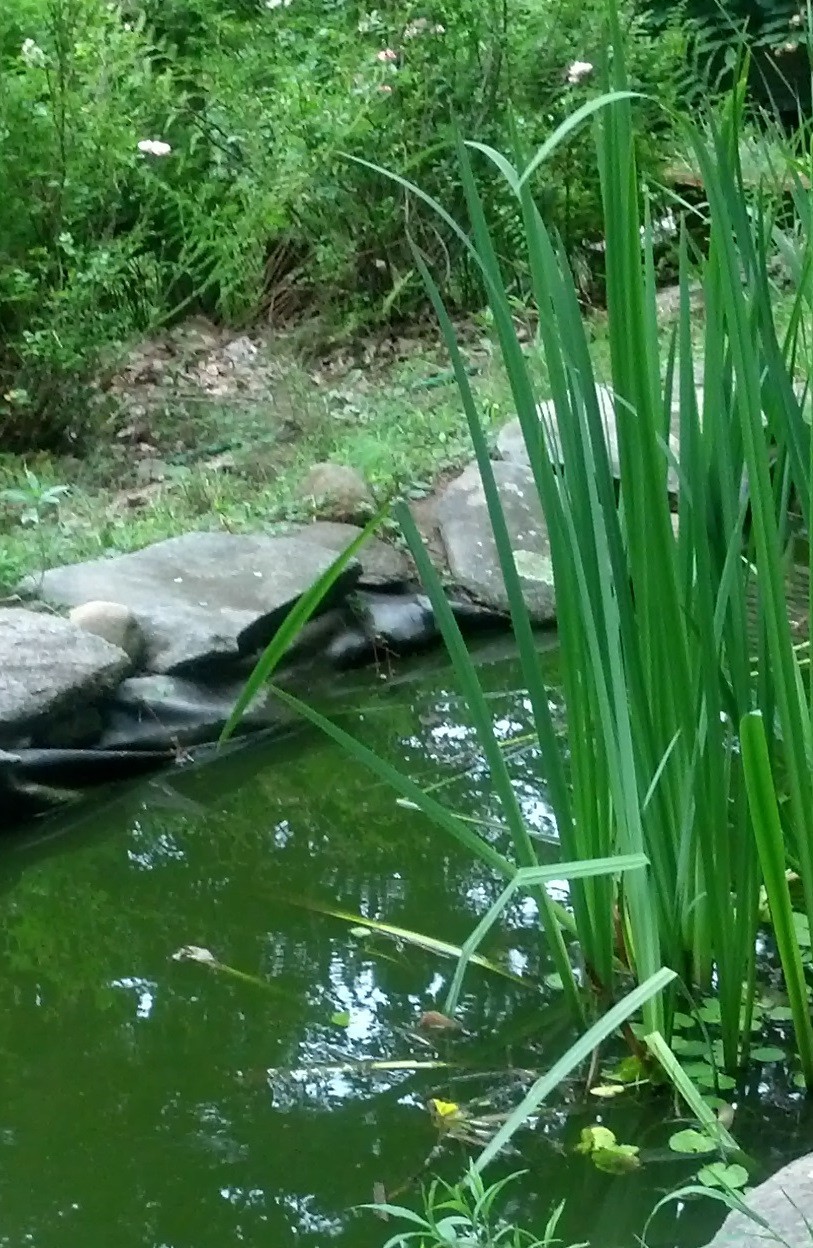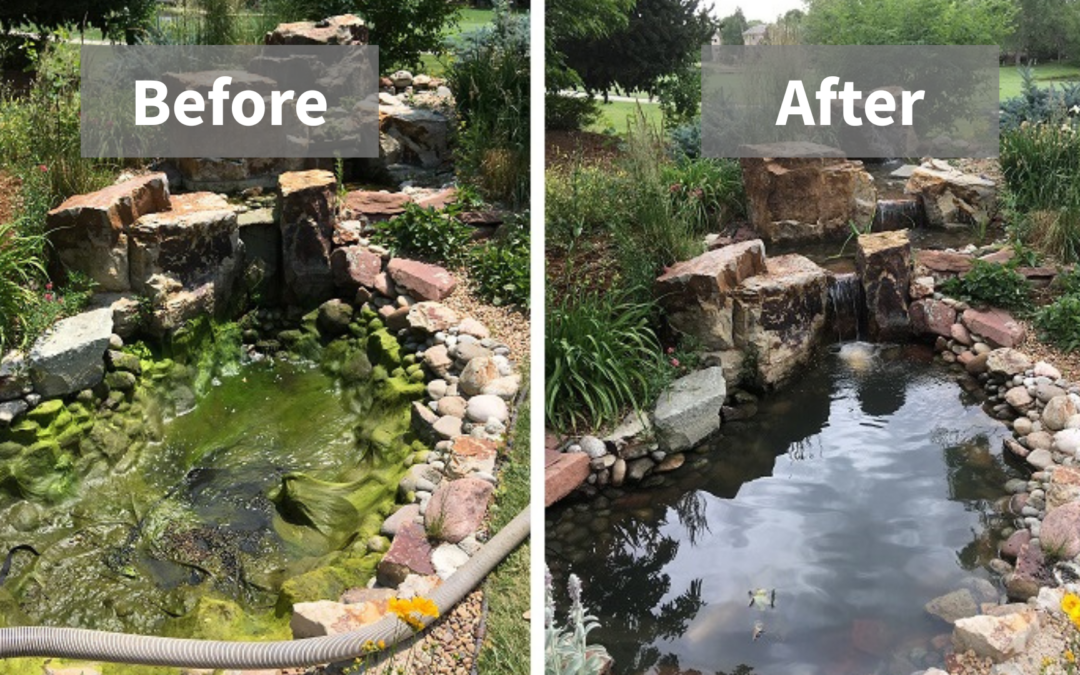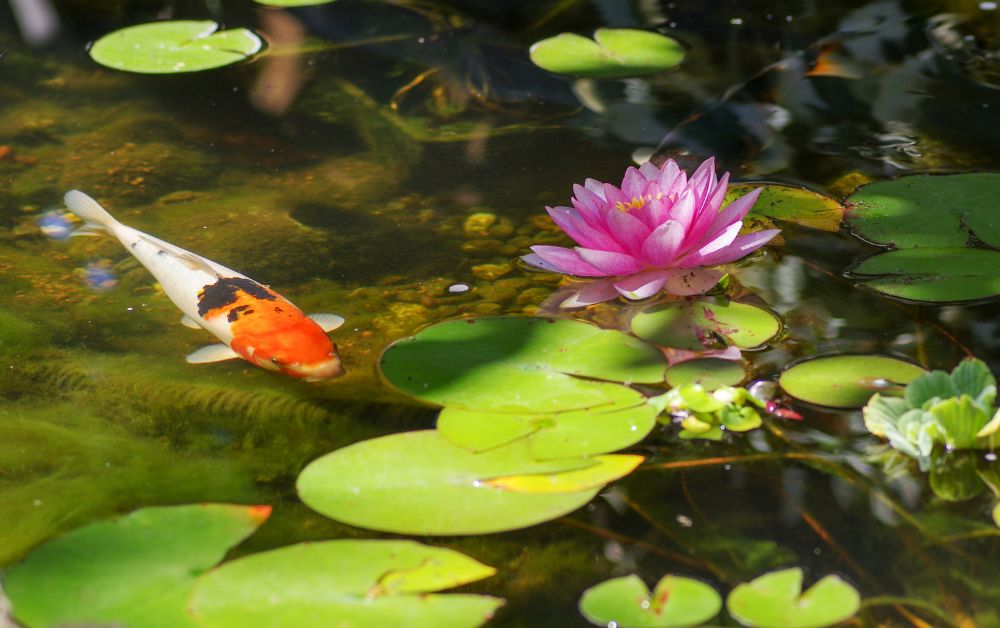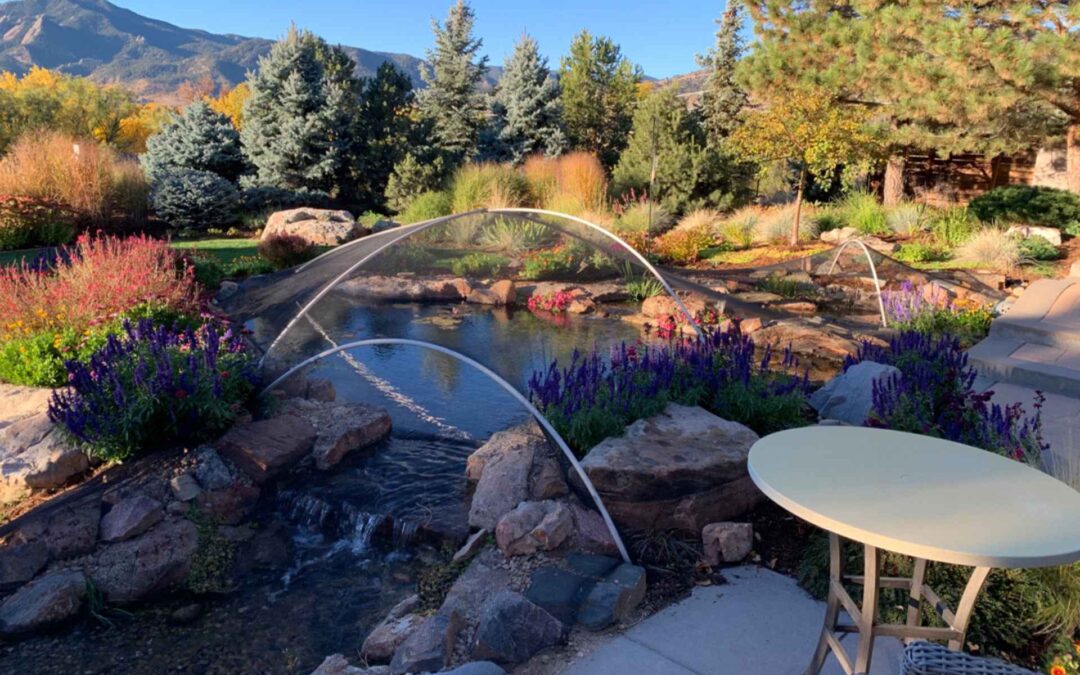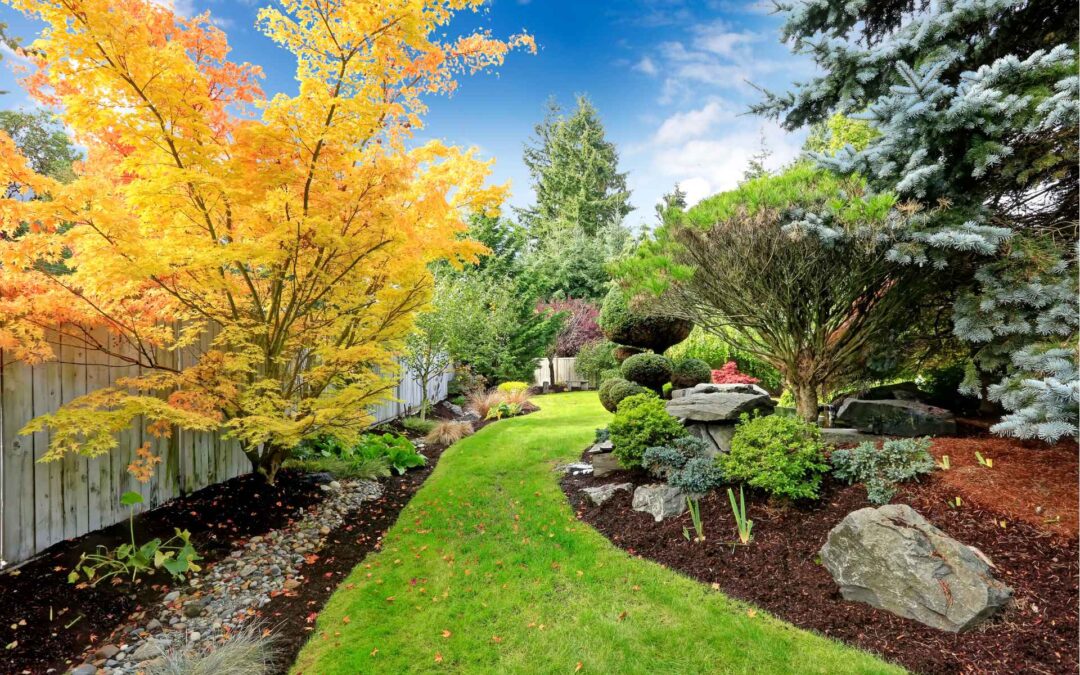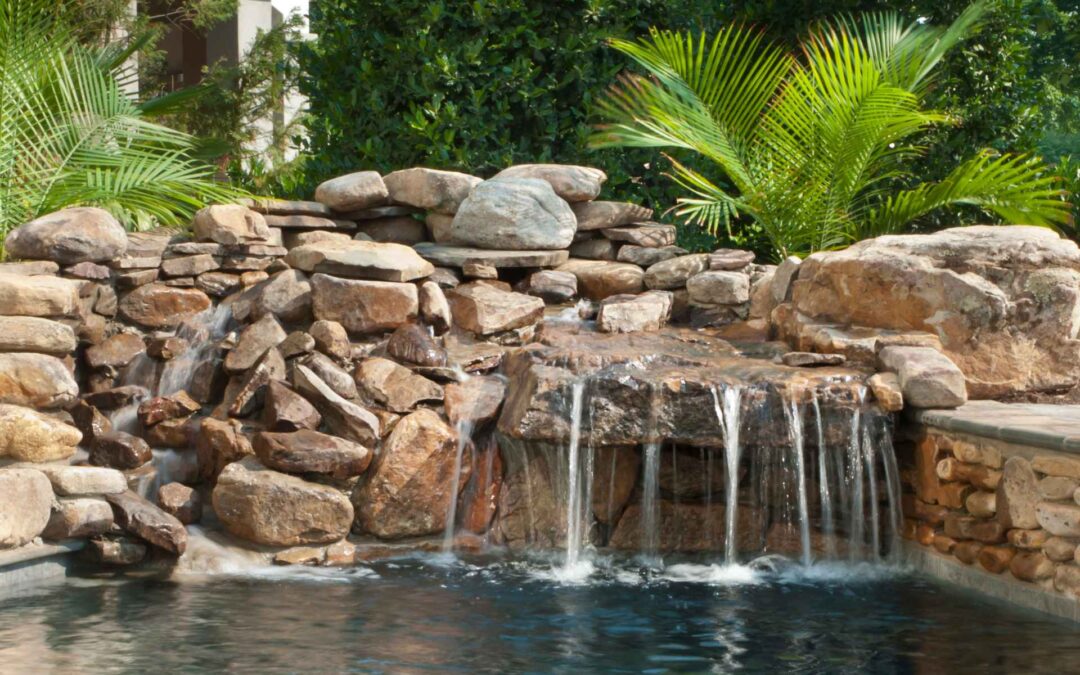What is it? (Green cloudy water!)
Do you have it?
What can you do about it?
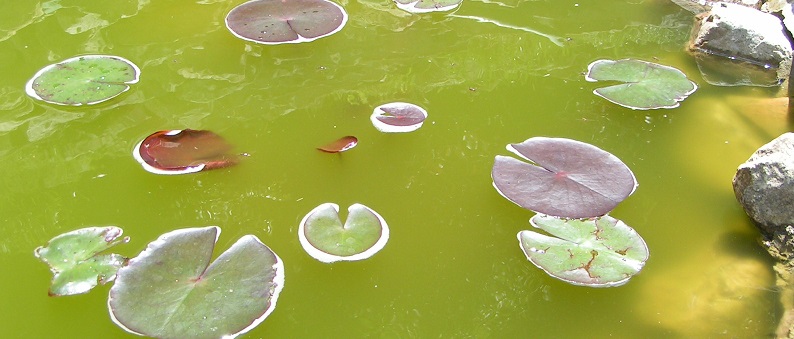
The #1 thing to know about this microbial algae is that there is no magical, instant fix for it and the remedy completely depends on a variety of things.
Don’t despair, let’s just take a look at your pond and ask yourself these 12 questions if there is green cloudy water – count how many no’s you get:
- Am I running the pump all the time?
- Do all areas of the pond have good circulation?
- When feeding the fish, does some of the food go uneaten?
- Is the pond covered roughly 40% or more in plants that grow in the water?
- Are bacteria added every week (EVERY WEEK) or on a regular basis through an Autodose?
- Are the bacteria being added kept in a cool place where it doesn’t get above 90 degrees?
- Is there gravel (1 inch round to 3/4 inch round) on the bottom of the pond, in the stream, and throughout the system?
- Does the waterfall have a biofall? (this is a tub where the waterfall or stream begins that has filter pads and biological filter media)
- Is there a skimmer box?
- Is there a filter pad in the skimmer box?
- Is the pond basically clear of debris on the bottom?
- If you have a UV light or pressure filter with a UV light, are you sure the light is working?

If the pond has microbial algae and you answered “No” to any of these questions, read the discussion next to the corresponding number.
- The pump needs to run all the time in a pond (if you have pondless waterfall it’s ok to turn it off). Leaving stagnant water is a recipe for algae.
- If you have dead zones, consider putting in a pond jet or aerator in that spot to move the water.
- Only feed fish what they can eat in a few minutes. Stand and watch them eat to be sure. Uneaten food contributes to muck and algae.
- Plants are the workhorse of the pond! They are the filtration Mother Nature chooses, why ignore that? The pond should have 40 to 60% plant coverage. That means submerged plants, floating plants, and plants whose feet are in the water but the foliage is in the air.
- An Autodose will dose bacteria every day. Bacteria need to be added every week and extra when there is high heat or just after rain.
- Liquid bacteria must be kept in a cool place where it doesn’t get above 90 degrees and does not freeze. Otherwise, it kills the bacteria, rendering it useless!
- Gravel (1 inch round to 3/4 inch round) on the bottom of the pond, in the stream, and throughout the system provides bacteria a place to colonize. Without this or other places for bacteria, it will just die.
- A biofall provides another place for beneficial bacteria to colonize (this is a tub where the waterfall or stream begins that has filter pads and biological filter media)
- A skimmer box helps remove debris from the pond before it sinks and decays.
- A filter pad in the skimmer box provides not only mechanical filtration to keep muck and leaves out, but it provides yet another place for beneficial bacteria to colonize.
- Debris on the bottom of the pond contributes to algae. If there is a bit there, it needs to be cleaned out.
- If the pond has a UV light or pressure filter with a UV light that is working, it will kill microbial algae. This is something to be used in the absence of a biofall, gravel, and plants.
Pro Tips:
![]() If the pond has green cloudy water, consider how often you are feeding the fish. If you feed them once a day or more, cut that amount in half.
If the pond has green cloudy water, consider how often you are feeding the fish. If you feed them once a day or more, cut that amount in half.
![]() Adding plants is not always easy. Floating plants are fantastic filters! Add floating lettuce or hyacinth. If you are worried they will get stuck in the skimmer put them in a small hula hoop that you can secure in place.
Adding plants is not always easy. Floating plants are fantastic filters! Add floating lettuce or hyacinth. If you are worried they will get stuck in the skimmer put them in a small hula hoop that you can secure in place.
![]() If you supplement the steps you are taking with adding a fine filter, make sure to keep an eye on it as it will clog your system very quickly and maybe even stop water from getting to the pump. It can be cleaned and used again.
If you supplement the steps you are taking with adding a fine filter, make sure to keep an eye on it as it will clog your system very quickly and maybe even stop water from getting to the pump. It can be cleaned and used again.
![]() Adding flocculant can help when treating microbial algae. It causes organic material to bind together, allowing it to be caught by the find filter pad more easily.
Adding flocculant can help when treating microbial algae. It causes organic material to bind together, allowing it to be caught by the find filter pad more easily.

